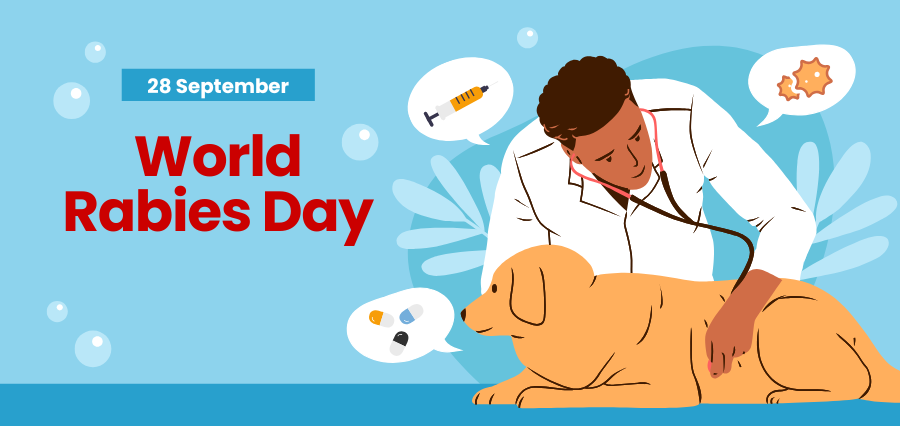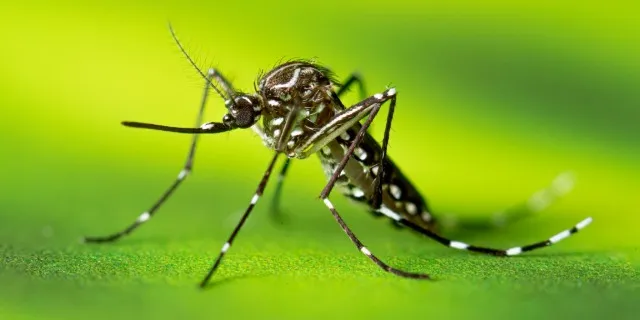Oropouche Fever: Rising Global Health Threat with New Cases Reported
LATEST news
-
 Ethiopia Confirms First Marburg Virus Outbreak as Health Agencies Work to Contain SpreadNews
Ethiopia Confirms First Marburg Virus Outbreak as Health Agencies Work to Contain SpreadNews -
 Both Diet and Regular Sodas May Increase Risk of Liver DiseaseNews
Both Diet and Regular Sodas May Increase Risk of Liver DiseaseNews -
 World Rabies Day 2025: A Call to Action from the Global CommunityNews
World Rabies Day 2025: A Call to Action from the Global CommunityNews -
 Day-biting Invader: Aedes aegypti Mosquito Discovered in South AshlandNews
Day-biting Invader: Aedes aegypti Mosquito Discovered in South AshlandNews -
 Australian Scientists Create World’s First Lab-Grown Human Skin with Blood SupplyNews
Australian Scientists Create World’s First Lab-Grown Human Skin with Blood SupplyNews
August 2024 – Oropouche fever, colloquially known as sloth fever, has emerged as a significant global health threat with increasing cases reported across multiple continents. The disease, caused by the Oropouche virus, was first identified in a three-toed sloth in South America, lending to its nickname.
Outbreak Summary
As of August 2024, over 8,000 locally acquired cases of Oropouche fever have been documented in South American countries, including Bolivia, Brazil, Colombia, Cuba, and Peru. This viral infection is transmitted primarily through mosquito and midge bites, making it a growing concern in regions where these vectors are prevalent.
The United States has reported its first cases, with more than 20 travelers returning from Cuba testing positive for the virus. Europe has not been spared either, with 19 cases recorded this year alone.
WHO Guidelines and Recommendations
In response to the escalating situation, the World Health Organization (WHO) has issued comprehensive guidelines aimed at managing and containing the spread of Oropouche fever. Key recommendations from the WHO include:
- Enhanced Surveillance: Countries are urged to strengthen surveillance systems to identify and monitor cases promptly.
- Early Detection and Isolation: Immediate isolation of suspected cases is crucial to prevent further transmission.
- Vector Control: Implementing vector control measures, such as the use of insecticides and elimination of breeding sites for mosquitoes and midges, is essential.
- Public Awareness Campaigns: Educating the public about symptoms, preventive measures, and the importance of seeking early medical attention is a key component of the strategy.
India’s Response and Preparedness
India, which has not yet reported any cases of Oropouche fever, is taking proactive measures to prevent potential outbreaks. The Ministry of Health and Family Welfare (MoHFW) is focusing on enhancing surveillance at points of entry, such as airports and seaports, to detect and isolate suspected cases effectively.
The MoHFW is also working on designating specific hospitals as nodal centers for the isolation, treatment, and management of potential cases. Public awareness campaigns are being launched to educate citizens about the disease, its transmission, and preventive strategies.
Future Actions and Collaborations
India is considering collaboration with international health organizations and neighboring countries to stay ahead of the global situation. This includes sharing best practices for disease control and enhancing regional cooperation.
Additionally, investing in research and development to accelerate the creation of vaccines and therapeutic options is part of India’s strategic response. The government emphasizes the importance of a 360-degree approach involving surveillance, public education, and international cooperation to mitigate the impact of Oropouche fever.
Conclusion
As Oropouche fever continues to spread, global health authorities and nations are working diligently to contain the virus and protect public health. With the rise in cases across continents, timely action and collaboration are essential in addressing this emerging health threat and safeguarding communities worldwide.
